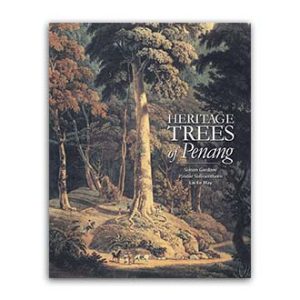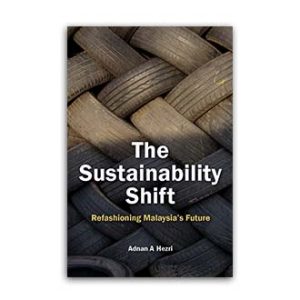The Humble Weeds of Penang Hill reminds us of the significant role played by the most modest member of the plant kingdom. Weeds always grow in places where they are not wanted. We trample on them, we pull them out and we throw them away. However, they are useful, and unknowingly have properties that render them useful to us in all sorts of ways. This little book demonstrates the usefulness of these weeds in our daily life. In traditional medicine they have been used to treat many things, including injuries from bleeding wounds to the venomous bites of snakes, scorpions, centipedes, and the stings of bees and wasps. They are also used in the treatment of fever, cough, urinary problems, and issues related to menstruation. These are very common eveiyday complaints, and amazingly the remedies are often just outside your front or back door in the garden beyond, just waiting for you to recognise them. They are as easily accessible today as they were in the past, you just have to know what you are looking for.
Many consider a weed as a plant that grows where it is not wanted; however, nature does not regard weeds as a separate category. If weeds are just plants out of place and properly regarded as useless by humans, is it possible they could also be useful? Ethnobotanical studies showed that weeds play multiple roles giving an affirmative answer to the preceding question. Weeds can also be used in construction, toy making and as medicine, among other things.
As we walk along we may stumble on weeds which are used as food by certain communities and as reserve food or famine food by others. It would be wise then to rediscover those crops which were grown as food by indigenous people in several parts of the world and study their potential as food or their industrial values.
Weeds tend to grow in areas where they are easily accessible when most needed. Many weeds have properties that render them useful to man. As you read through this book you will notice that most of the plants featured are useful in the treatment of injuries, especially bleeding wounds, venomous bites like those of snakes, scorpions, centipedes, and stings like those of bees and wasps. They are also advocated for the treatment of fever, cough, urinary problems and also problems related to menstruation. These are very common household complaints, and the remedies are often just outside the door in our gardens. They are as easily accessible today as they were in the past to those who actively used them on a daily basis.
About the author: Abdul Ghani Hussain is a modern Western medical graduate from Cairo University. He has been practising medicine for the past 40 years, and in Langkawi for just over 30 years. A scholar of Malay and Middle-eastern medicine since the year 2000, concentrating on the herbal medicine aspect of both modality, he is known to be knowledgeable in the field of herbal medicine, and is acknowledged by the Traditional and Complementary Medicine Division of the Ministry of Health Malaysia as an expert in Traditional Malay Medicine.











